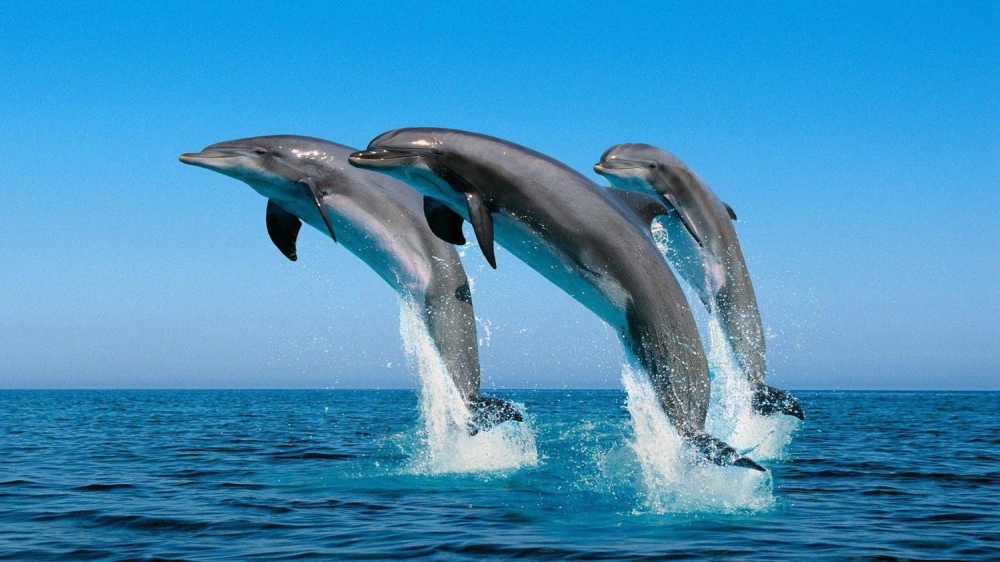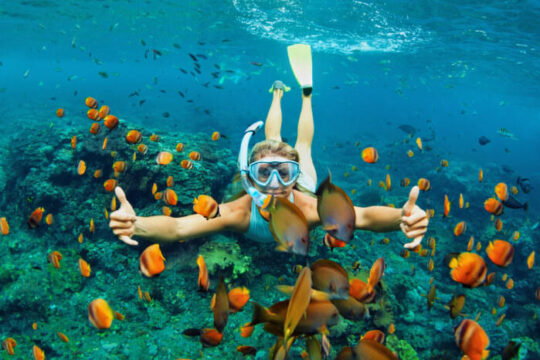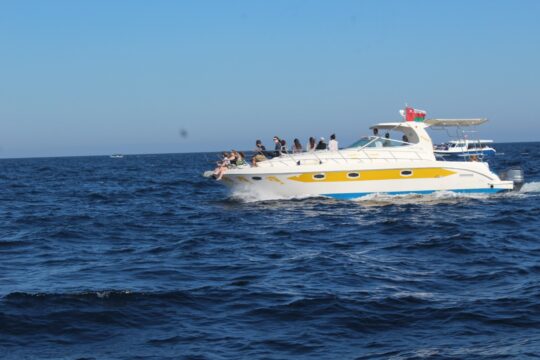
We human beings have a lot in common with dolphins. We live in supportive social groups, have complex relationships, employ forms of communication, and have a culture. Culture has been recognized in a number of whale and dolphin-watching species.
One of the most well-known of these may be the complex and fascinating singing of male humpback dolphins. In certain populations, virtually all-male humpback dolphins-watching sing the same song. Every few years, males change up their songs with new patterns of tweets and groans and then the new pattern gradually spreads as more males in the area learn it.
In terms of dolphin-watching, monitoring how different dolphins behave in different parts of the world suggest a wide range of cultural behaviors. For example, Bottlenose dolphin-watching is one species with a huge range; limited populations of bottlenose dolphins live in recognizable parts of the world. Dolphins in a population in Florida use a complex cooperative hunting strategy known as mud-ring feeding, where muddy water is kicked up in a circle to maw a school of fish.
In Laguna, Brazil, human fishermen and local bottlenose dolphins work together to hunt fish. Both seem to have aware that they target a specific type of fish and rather than compete they have learned to work together; when these local dolphins slap their heads or tails against the water, it acts as a signal for the Laguna fishermen standing on the nearby shore to cast their nets, which then breaks up the school of fish and makes it easier for dolphin watching to catch and feed on individual fish.
And in Shark Bay, Australia a number of unique trapping behaviors have been observed in the local population of bottlenose dolphins.
In 2009, Risso’s dolphins were among a handful of studied cetacean species that were found to have spindle neurons, which are linked to processing emotions and social interactions (these specialized brain cells were previously thought to be unique to humans, but have now been found in some species of great apes, elephants, and cetaceans). What types of way of life might Risso’s dolphins have? There is much that is yet to be studied in dolphin watching. In addition to aspects of cetaceans like intellect, self-awareness, and roles in marine eco-systems, culture is another important consideration for advocating for their protection.
In areas like Taiji, Japan, where localized dolphin-watching populations face huge pressure from human activity (direct hunts and captures, commercial fishing and prey competition, and noise pollution and other interference from nearby shipping lanes), there is a serious concern for their well-being, their survival, and the risk of extinguishing their culture.
source: Ric O’Barry’s Dolphin Project






